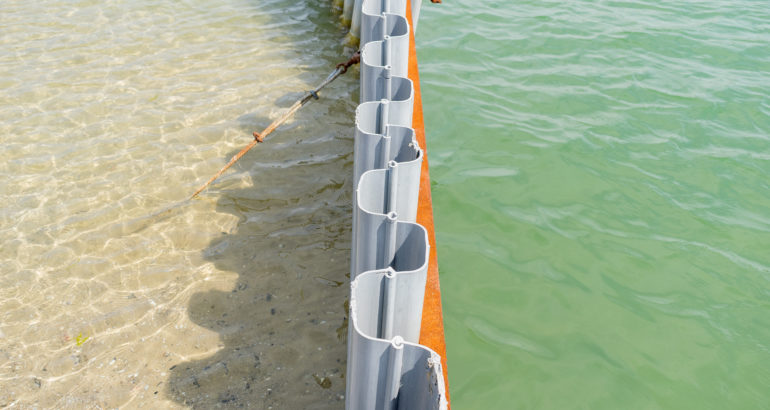While steel sheet piling is the most common kind of sheet piling, there is a cost-effective alternative that can be used in many applications. Vinyl Sheet Piling, which is made out of PVC, can be used for bulkheads, seawalls, and cut-wall containment barriers. Vinyl sheets are resistant to corrosion and marine borers, making it a highly desirable alternative to wood and steel.
The tools used to install Vinyl sheet piles depend on the soil on the worksite where it is being installed. In loose or sandy soil, installation tools include water or rail jet, although some contractors choose to use air or vibrating hammers. On clay sites backhoe buckets, silts drop hammers, or vibratory plate compactors are the go-to tools.
The one drawback of vinyl sheet piles is that they aren’t always the best solution for harder ground or deeper depths. In many cases, contractors choose to use steel in these cases. However, vinyl steel piles can be easily combined or connected to other materials since the sheets can be attached to wood, concrete, steel, or plastic using a variety of methods. These methods include gluing, welding, or drilling. In these cases, the wood, concrete, steel, or plastic could be used as a cap and wale system or applying waling with anchoring.
The most common install method used is hammering. During these installs, the sheet piles are mechanically embedded into the soil along with the pre-installed templates with the use of vibratory hammers, i.e., light equipment with small impact energy. In cases in which the land is unyielding because it is too hard or dense, an impact hammer may be required to complete the job. Or if the vibration is a concern, hydraulic hammers can be used.
The jetting method is frequently used for compact or cohesive soil. In these cases, the force of vibration hammers may not be sufficient to drive the vinyl piling to the required depth. During the jetting process, air or water is used to exert pressure directly under the sheet helping loosen obstacles and soil, making installation easier.
Potentially the easiest install method is digging. In these cases, a ditch is dug to install the pilings, and it is subsequently filled in with the same soil. This method is most commonly used when the construction walls will not be embedded too deeply in the ground.









